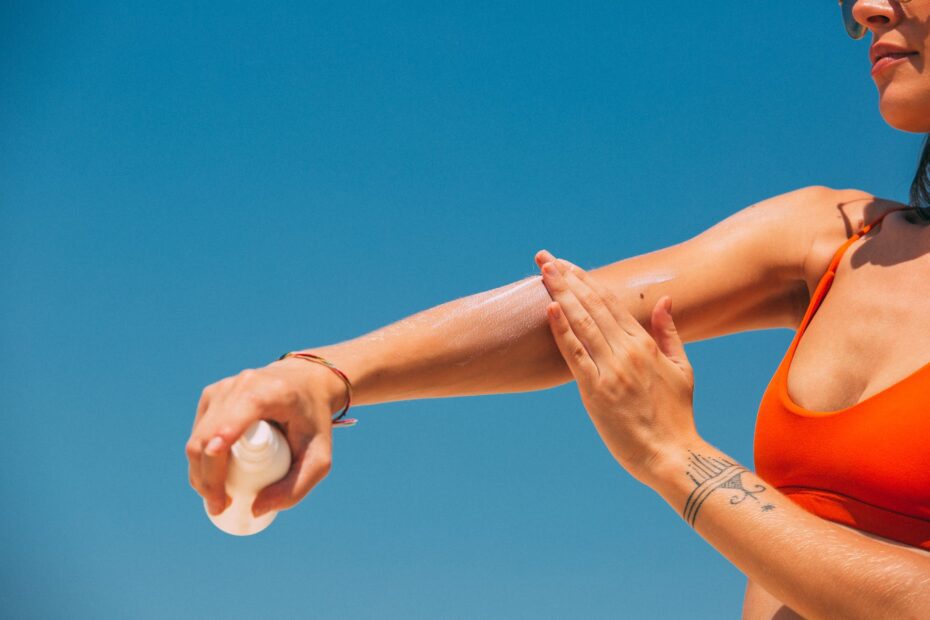Say goodbye to chafed legs forever with these dermatologist-approved tips and tricks! Chafed legs can be uncomfortable and irritating, but with the right strategies, you can soothe and protect your skin. Whether you’re an athlete, a hiker, or simply someone who wants to maintain smooth and healthy skin, this article will provide you with expert advice.
By understanding the causes and symptoms of chafed legs, you can take proactive steps to prevent and treat this issue. We’ll explore the importance of addressing chafing to maintain optimal skin health and comfort. From choosing the right clothing to using lubrication techniques, we’ll provide you with effective strategies to avoid chafing and keep your skin smooth and comfortable.
Don’t let chafed legs hold you back from enjoying your favorite activities. With these dermatologist-approved tips and tricks, you can say goodbye to discomfort and irritation. Take care of your skin and keep it healthy and protected!
Understanding Chafing
Understanding Chafing
Chafing is a common skin condition that occurs when there is friction between the skin and clothing or other surfaces. It often affects the inner thighs, causing discomfort, redness, and irritation. But what exactly causes chafed legs? Well, it can be attributed to several factors, such as repetitive motion, moisture, and tight clothing. When these elements come together, they create the perfect environment for chafing to occur.
Recognizing the symptoms of chafed legs is crucial for timely intervention. Look out for signs like red, raw skin, a burning sensation, and even blisters. If left untreated, chafing can lead to more serious issues like skin infections. That’s why addressing this problem is essential for maintaining optimal skin health.
By understanding the causes and symptoms of chafing, you can take proactive steps to prevent and treat it. Stay tuned for our expert-approved tips and tricks that will help you say goodbye to chafed legs forever!
Preventing Chafed Legs
When it comes to preventing chafed legs, there are several strategies and preventive measures you can take to keep your skin smooth and comfortable. One of the most important factors to consider is your clothing choices. Opt for loose-fitting, breathable fabrics that minimize friction and allow for better airflow. Avoid tight clothing, especially in areas prone to chafing.
Lubrication techniques can also play a significant role in preventing chafed legs. Apply a generous amount of petroleum jelly or a specialized anti-chafing balm to areas that are prone to friction. This creates a protective barrier and reduces the likelihood of irritation. Additionally, consider using moisture-wicking powders or creams to keep your skin dry and reduce moisture buildup.
Other helpful tips for preventing chafed legs include staying hydrated to maintain skin elasticity, avoiding excessive sun exposure to prevent sunburn and dryness, and taking breaks during physical activities to allow your skin to rest. Remember, prevention is key when it comes to chafing, so be proactive in implementing these strategies to keep your skin healthy and comfortable.
Frequently Asked Questions
- Q: What is chafing?
A: Chafing refers to the irritation and redness that occurs when the skin rubs against itself or clothing, typically in areas where there is friction. It can be uncomfortable and even painful.
- Q: What are the common causes of chafed legs?
A: Chafed legs can be caused by various factors such as repetitive motion, moisture, heat, and friction. Activities like running, walking long distances, or wearing tight clothing can contribute to chafing.
- Q: How can I prevent chafed legs?
A: There are several ways to prevent chafing. Firstly, choose clothing made from breathable fabrics that reduce friction. Applying a lubricant or anti-chafing balm to the affected areas can also help. Additionally, keeping the skin clean and dry, and avoiding excessive moisture can minimize the risk of chafing.
- Q: What are some tips for treating chafed legs?
A: If chafing occurs, it’s important to address it promptly. Gently clean the affected area with mild soap and water, and apply a soothing ointment or cream to alleviate discomfort. Avoid further friction or irritation until the skin has healed.
- Q: When should I seek medical attention for chafed legs?
A: In most cases, chafing can be treated at home. However, if the chafed area becomes infected, shows signs of pus or severe inflammation, or if the condition does not improve with home remedies, it is advisable to consult a dermatologist for further evaluation and treatment.


Keith is originally from Truckton, Colorado. The 54-year-old cared for his overweight wife for many years. Keitch is also a freelance editor at antichafing.net and supports the team as a competent advisor. In his spare time Keith enjoys reading books, visiting his homeland and is a passionate product tester for well-known manufacturers.

